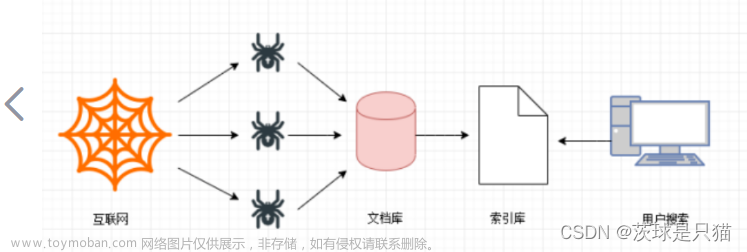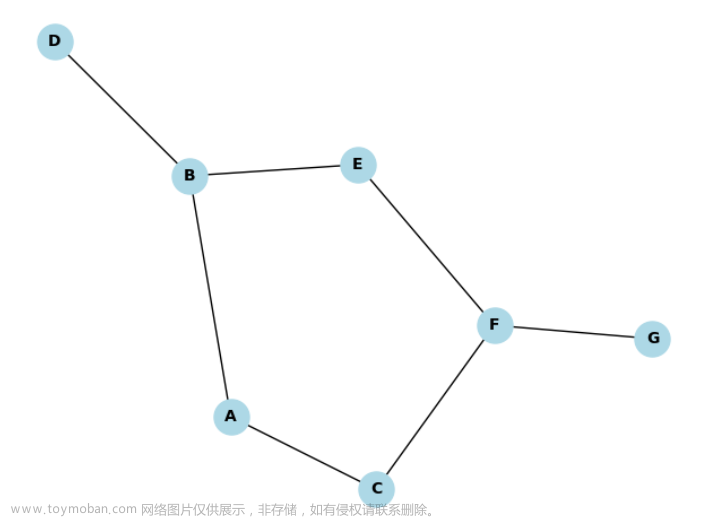
一、22. 括号生成
中
数字 n 代表生成括号的对数,请你设计一个函数,用于能够生成所有可能的并且 有效的 括号组合。
示例 1:
输入:n = 3
输出:[“((()))”,“(()())”,“(())()”,“()(())”,“()()()”]
示例 2:
输入:n = 1
输出:[“()”]
如果是左括号直接添加
如果是右括号不能超过已经添加的左括号个数
所以:左括号的长度要比右括号的长度大,才可以
思路:采用深度优先加回溯
class S22:
def generate(self, n):
res = []
# 代表左右两边的括号剩余个数,一开始都有n个
def dfs(left, right, path): # path:生产括号的路径
if left == 0 and r == 0:
res.append(path)
return
# 特殊情况:如果用到的右括号已经超过用到的左括号了
if right < left:
return
if left > 0:
dfs(left - 1, right, path + "(")
if right > 0:
dfs(left, right - 1, path + ")")
dfs(n, n, "")
return res
二、39. 组合总和
中等
给你一个 无重复元素 的整数数组 candidates 和一个目标整数 target ,找出 candidates 中可以使数字和为目标数 target 的 所有 不同组合 ,并以列表形式返回。你可以按 任意顺序 返回这些组合。
candidates 中的 同一个 数字可以 无限制重复被选取 。如果至少一个数字的被选数量不同,则两种组合是不同的。
对于给定的输入,保证和为 target 的不同组合数少于 150 个。
示例 1:
输入:candidates = [2,3,6,7], target = 7
输出:[[2,2,3],[7]]
解释:
2 和 3 可以形成一组候选,2 + 2 + 3 = 7 。注意 2 可以使用多次。
7 也是一个候选, 7 = 7 。
仅有这两种组合。
示例 2:
输入: candidates = [2,3,5], target = 8
输出: [[2,2,2,2],[2,3,3],[3,5]]
示例 3:
输入: candidates = [2], target = 1
输出: []
思路:使用回溯法文章来源:https://www.toymoban.com/news/detail-828926.html
class Solution39:
def combination(self, canditates, target):
if not canditates:
return []
# 找到的1个结果存放在path,总的结果存放到res中
def dfs(res, path, target, index):
if target == 0:
res.append(path[:])
for i in range(index, len(canditates)):
if target >= canditates[i]:
# 如果目标值大于当前值,加入到path中
path.append(canditates[i])
dfs(res, path, target - canditates[i], i) # 为什么是i,不是i+1:原因是数组中的元素可以重复取
# 重写设置现场
path.pop()
res = []
dfs(res, [], target, 0)
return res
 文章来源地址https://www.toymoban.com/news/detail-828926.html
文章来源地址https://www.toymoban.com/news/detail-828926.html
到了这里,关于部分回溯法题解的文章就介绍完了。如果您还想了解更多内容,请在右上角搜索TOY模板网以前的文章或继续浏览下面的相关文章,希望大家以后多多支持TOY模板网!











